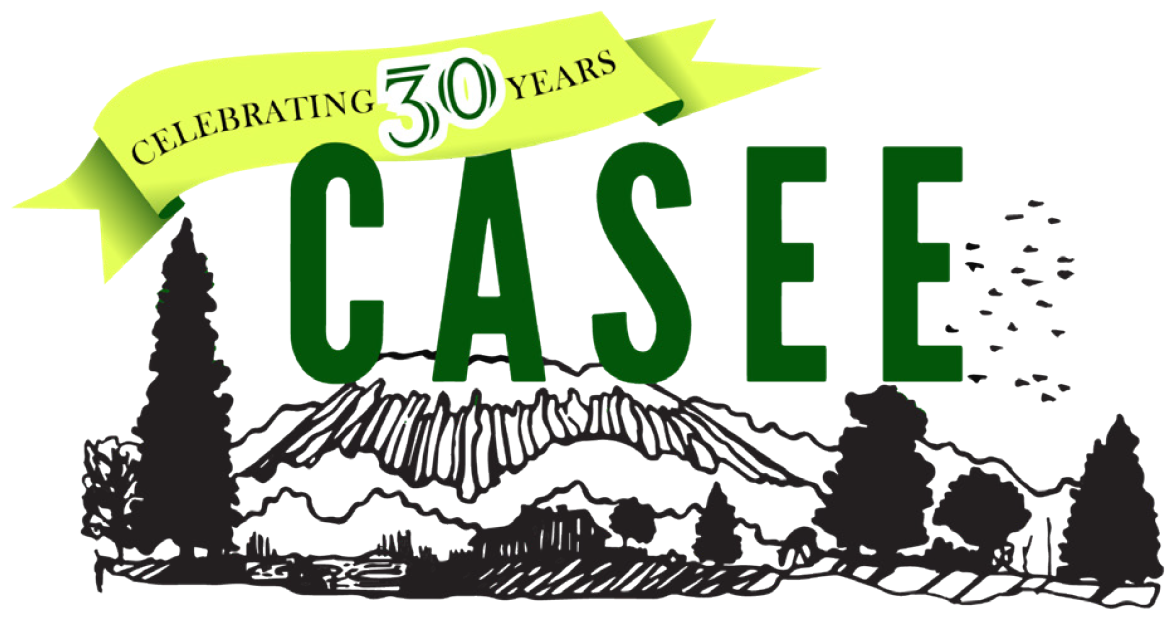CASEE History
CASEE started in 1993 as a cooperative effort of the Career and Technical Education (CTE) and district’s science programs. Supported by a community advisory group, CASEE was designed to provide students with the skills and knowledge to enter a work world with an increasing reliance on science and technology.
Three decades ago, a vision for the hands-on study of science, agriculture and the environment in one place to serve students of both Battle Ground district high schools was taking shape. It evolved into a proposal . . . then a plan . . . then reality.
In 1984-85, when Battle Ground High School was revising its agriculture curriculum, teachers Mark Watrin and Tim Hicks had the initial vision for CASEE and were the drivers in its creation. They like to say the study of agriculture in high school was changing from cows and plows to science, and the environment and CASEE would help make that happen.
Watrin and Hicks had well-placed allies in Superintendent Leo Beck and district administrators Bob Risinger and Warren Reeves as well as Blair Wolfley of the Washington State University Extension Service. The 80-acre CASEE site was leased from the state Department of Natural Resources and one of the buildings was rented out to state and county offices, including Wolfley’s.
Ten years of planning and research by teachers and the supporting advisory group developed a program that clearly fits the description of what we now call STEM (Science, Technology, Engineering, Mathematics) education.
Today, CASEE students and staff work alongside professionals from agriculture, environmental and science agencies and businesses. CASEE students use the onside 80-acre learning lab to perform experiments, collect data and conduct research. Students of all ages have access to the site for field trips and experiments.
CASEE is a combination of students from all BGPS’ high schools and includes several science and English courses.


Read about Patrick Hough here and how his legacy is connected to CASEE students now.
The Center for Agriculture, Science and Environmental Education (CASEE) has been hailed as a guiding light among Washington’s STEM programs and has been awarded grants to mentor other schools that are developing science, technology, engineering and math (STEM) education programs of their own.
CASEE, a half-day STEM program for high school students in the Battle Ground Public Schools district, is one of five schools and one district that were named STEM Lighthouse schools in the state of Washington, and is the only recipient in Southwest Washington. The schools have been chosen to serve as STEM mentors and each awarded grants to promote and develop STEM education, including technical assistance and advice for other elementary, middle and high schools that are creating STEM programs.
High school students spend a half day on the program’s 80-acre campus, where they study a science-based curriculum immersed in biology, wildlife, food science and other topics together with English, and then attend their home high school for a half day to round out their studies. CASEE works with partners to equip students to be catalysts for sustainable environmental awareness and stewardship and ensure that its curriculum is relevant to research happening in the field. The partnerships allow students to engage with scientists and conduct relevant research in the region.
